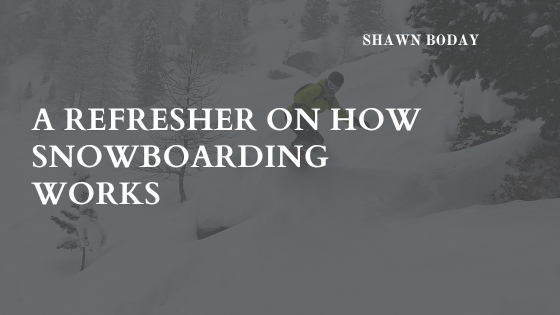Before hitting the slopes, especially for the very first time or after a long hiatus, it is wise to familiarize yourself with the sport and how it works, and of course, safe snowboarding techniques. Many people underestimate the complexity and difficulty of snowboarding, but it requires intricate body movements and precise balance control, and it can be extremely dangerous if you are ill-prepared.
Choose the appropriate equipment
Be sure to choose boots, bindings, and a board that is appropriate for your specific measurements. The board should be relatively proportionate to your body frame in regards to width and length, and a good fact to keep in mind is that shorter boards are easier to ride and control. Snowboarding boots should fit snugly, leaving hardly any wiggle room but not so tight as to cut off your circulation. A snug boot will help you control the board with your heels and the balls of your feet more precisely. You also want your bindings to not only fit properly on your boots but on the board as well. If they are too big and hang over the sides, they will drag, and if they are too small, it will be more difficult to apply pressure correctly. Overall, you really want to leave no room for error.
Take lessons
Experts recommend taking lessons before hitting the snow for the safest and most successful results. In fact, even just one great lesson can provide you with a wealth of vital information and tips. Learning key elements and proper techniques, along with obtaining in-person guidance and immediate feedback, maybe just the combination you need.
Practice “skating” with the snowboard
The term “skating” refers to riding the snowboard the way a skateboarder rides, with your lead foot strapped into the board so that your back foot is free to push you forward. This skill will help you with flat and uphill stretches and be particularly useful at the lifts.
Remember to bend your knees
Bending your knees slightly helps you control the board, so try to remember not to remain too upright while riding.
Keep your head facing the direction you want to go
It may sound silly, but since you stand perpendicularly on the board, it may be tempting to look in the wrong direction. Try to keep your eyes focused on the direction in which you want to travel, and your body and snowboard should follow the lead.
Create a progress plan
If you decide to stay the course and work on improving, you should list the specific techniques, moves, and other aspects of the sport on which you would like to focus. Develop a progress plan that reflects your ability level. As you get more comfortable with your board and how it moves, you can set goals to learn and master certain skills, such as ollies, small jumps, C-turns, S-turns, rails, carving, and others. Taking sufficient time to learn and practice each skill will make your progression easier and smoother, so be sure not to rush yourself.
Happy Snowboarding!
Once you have mastered all the training and preparation and feel comfortable getting started, the final thing you should do is focus on having fun! Just remember, always safety first!

